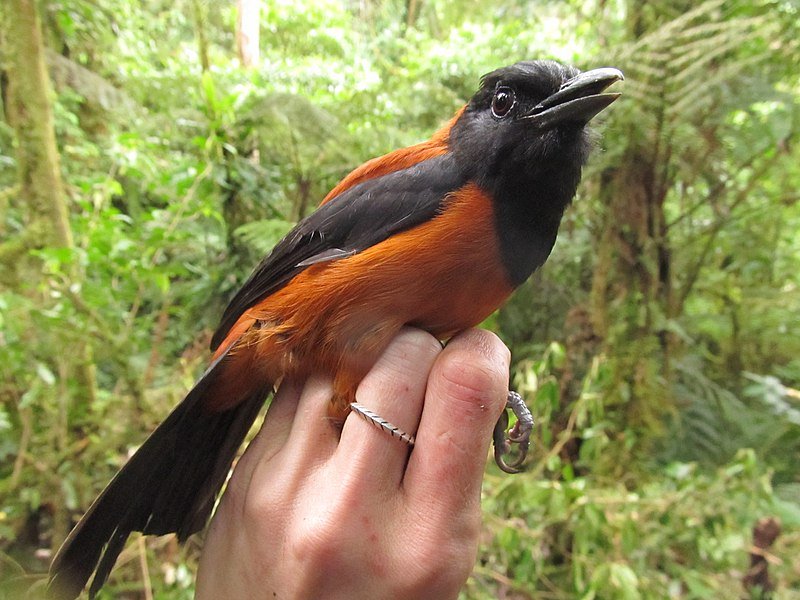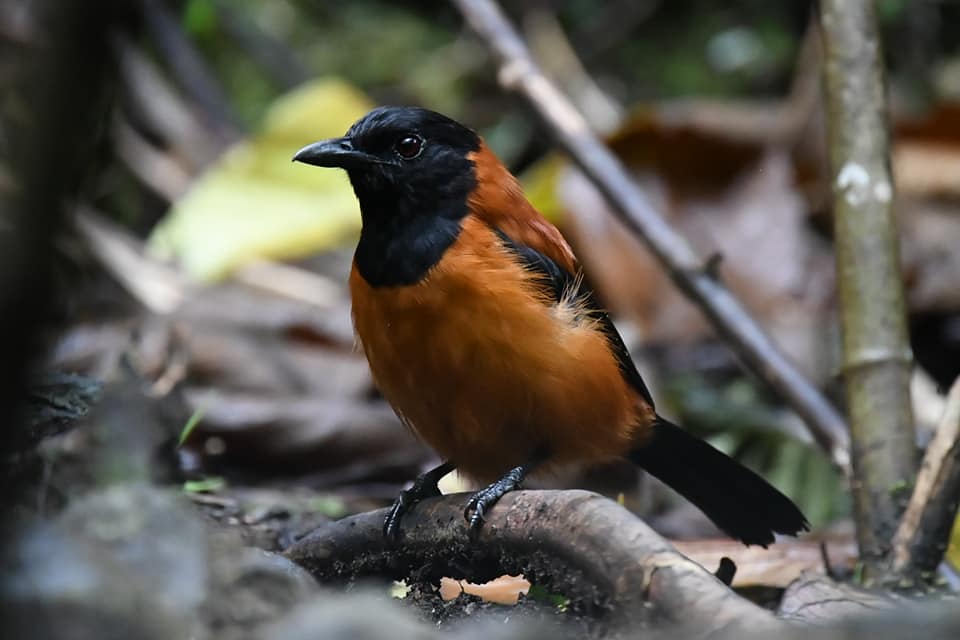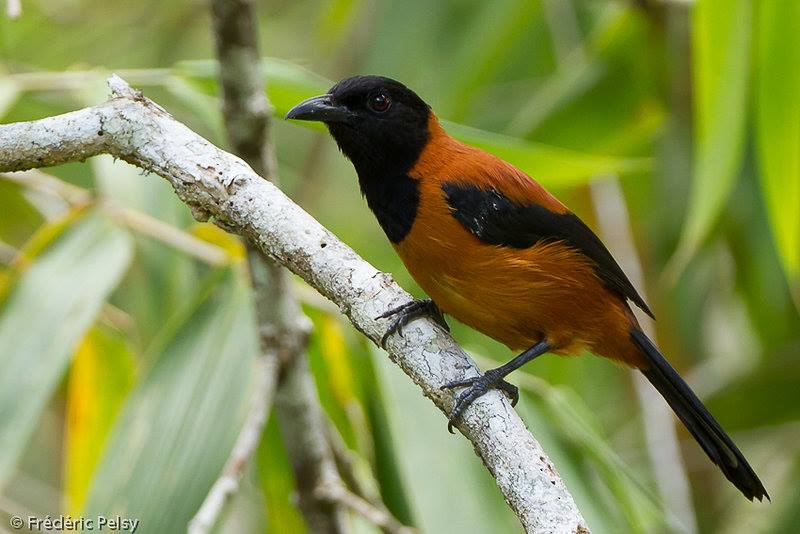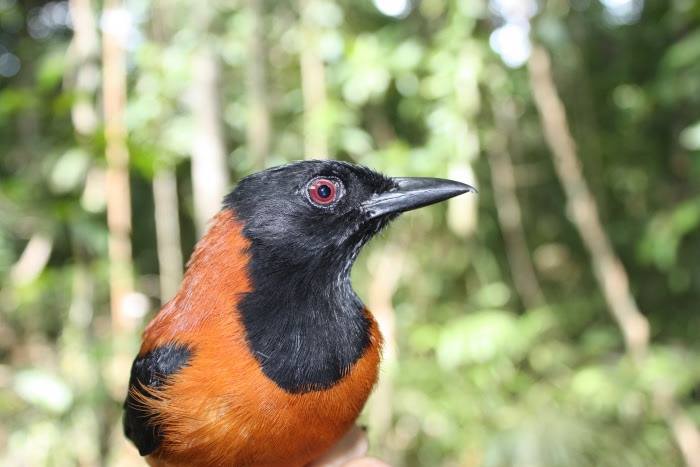The Melanesians of Papua New Guinea have long avoided pitohui birds, but to the Western world, the bird’s poisonous abilities were discovered by accident just over three decades ago.
In 1990, ornithologist Jack Dumbacher was on a Pacific island searching for birds of paradise. He spread thin mist nets between the trees to catch them and ended up catching a number of pitohui birds in them. When he tried to get the birds out of the trap, they scratched and bit his fingers, and he instinctively put his hand in his mouth to ease the pain. Almost immediately, Dumbacher felt his lips and tongue go numb. Then, suspecting that these strange symptoms were caused by the bird, he took a pitohui feather and put it in his mouth. The numbness and pain then quickly returned.

In the same year that Jack Dumbacher made his accidental discovery, other scientists were also preparing to conduct research on this unique bird after experiencing numbness and burning sensations when touching their feathers. However, most sources claim that Dumbacher was the first to discover the poisonous nature of this bird. Dumbacher asked the natives of New Guinea about the pitohui bird and they seemed to know about its toxicity. They call this species “trash bird”, because it smells bad when cooked, and the aboriginal people here only eat it when they are very hungry and have no other food source.
Wanting to learn more about pitohui birds and their poison, Jack Dumbacher sent some of the bird’s feathers to John W. Daly at the National Institutes of Health, who is the world’s leading toxicologist. natural element. In the 1960s, he identified batrachotoxin as a toxin in poison dart frogs in Colombia, and he later found the same family of toxins in pitohui feathers.

Compounds known as batrachotoxins (BTXs) are neurotoxic steroidal alkaloids that act by disrupting the flow of sodium ions through channels in nerve and muscle membranes, causing numbness and burning at low concentrations. and paralysis, followed by cardiac arrest and death, at higher concentrations. They are recognized as the most toxic compounds by weight in nature (250 times more toxic than strychnine).
Subsequent research showed that pitohui birds store the poison both in their skin and feathers, as well as in their bones and internal organs, although at significantly lower concentrations when compared to poison frogs. The fact that this poison is found in the internal systems of birds shows that they are not sensitive to it. Interestingly, batrachotoxin concentrations vary greatly by individual, as well as by geographical region.

The origin of the toxin in the bodies of these birds has been the subject of great debate among scientists, but the general consensus is that birds do not produce the toxin themselves, but obtain it from their diet. They, especially the Choresine beetle, also contain this toxin.
The reason why pitohui is poisonous is unknown. Some scientists believe it is a deterrent to predators, but there is little evidence to support this theory. Tiny dart frogs need toxins to deter predators, but why would a free-flying bird need them? Additionally, batrachotoxin concentrations in this particular bird were about three orders of magnitude lower than in poison dart frogs.

The more likely explanation is that the toxins in their skin and fur are produced to prevent parasites. Experiments have shown that lice tend to avoid pitohui’s poisonous hairs. However, batrachotoxin did not appear to affect the parasites inside the birds’ bodies.





